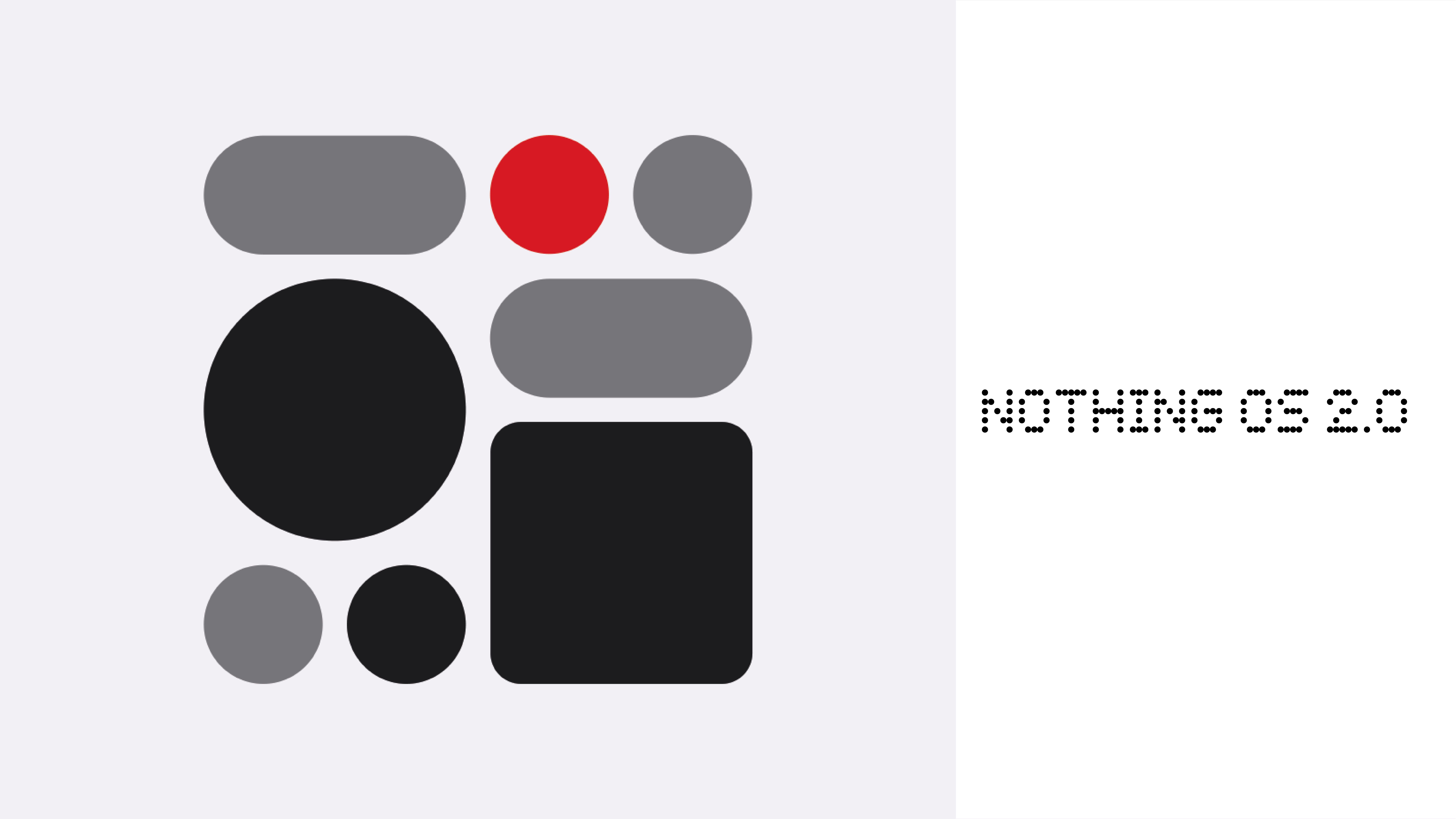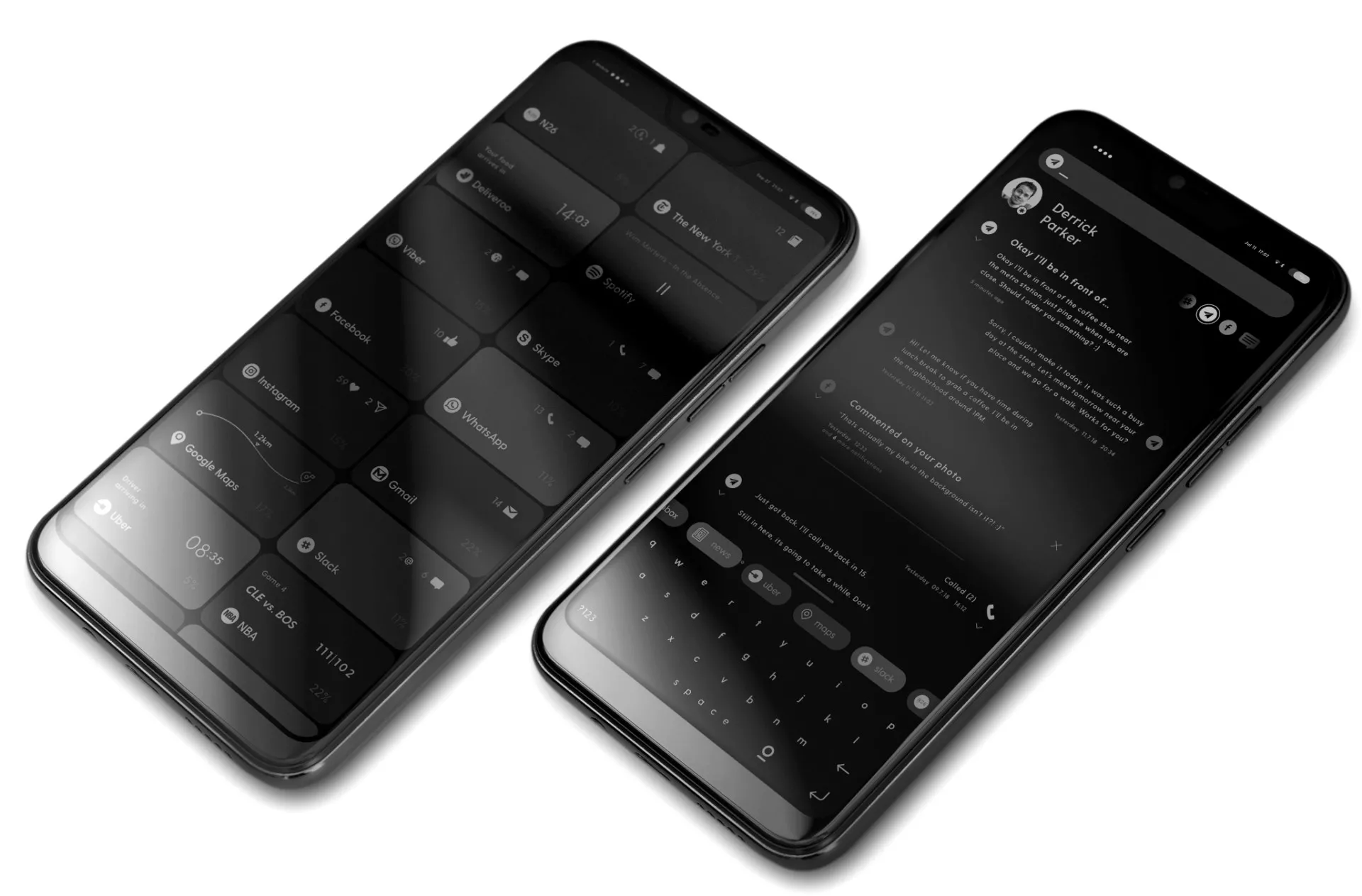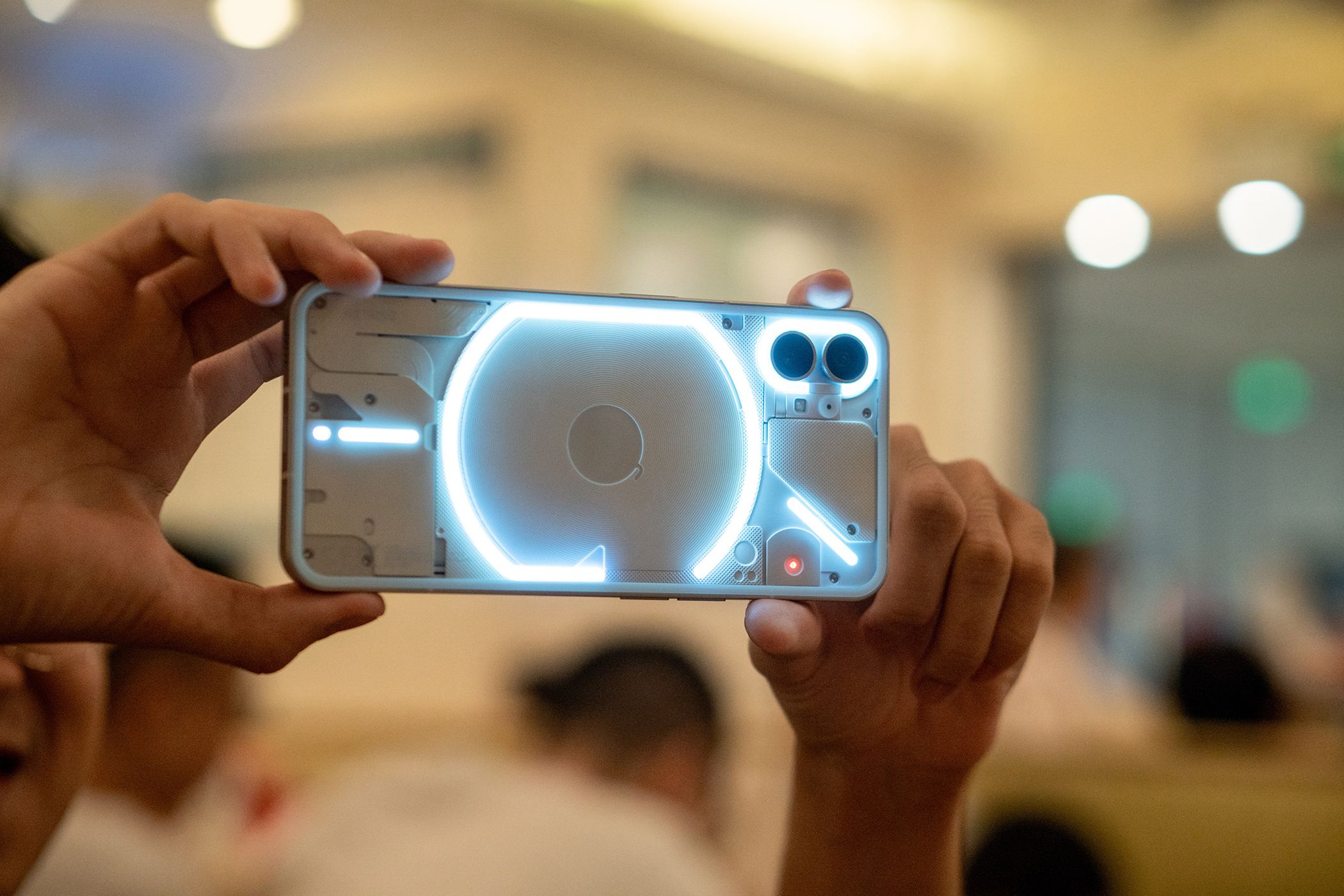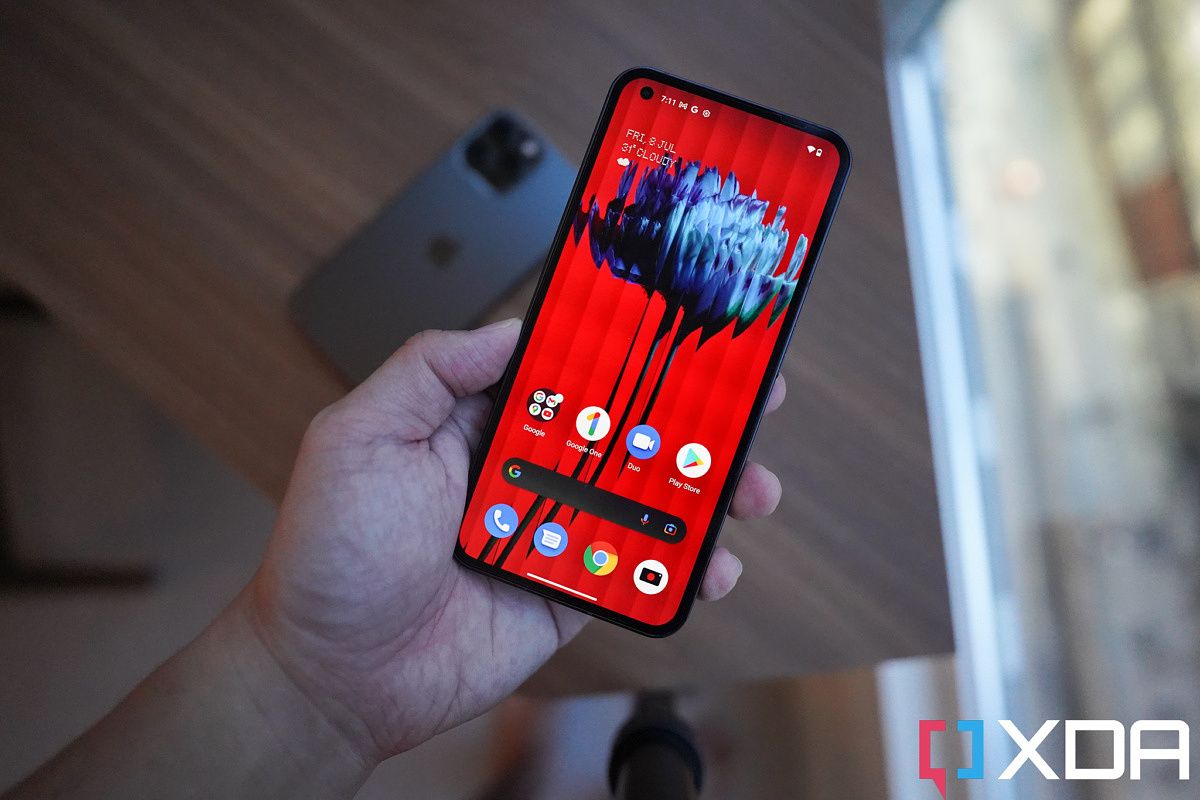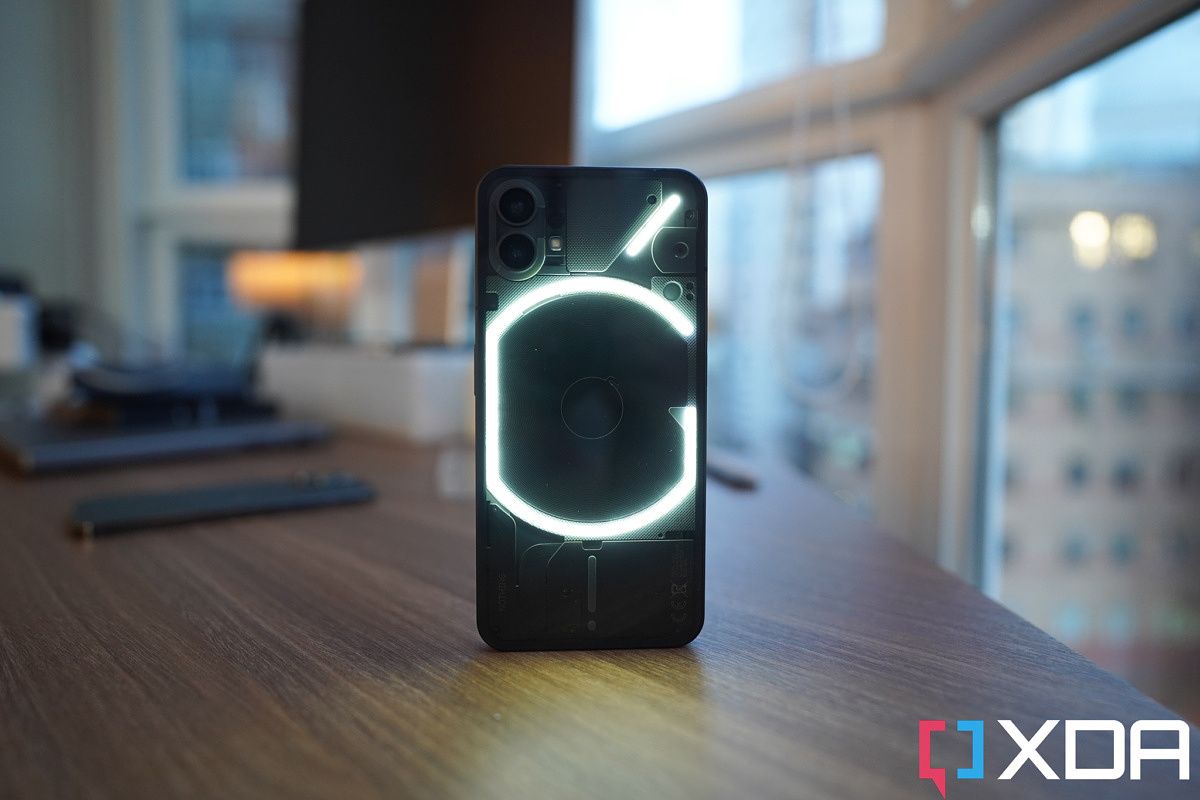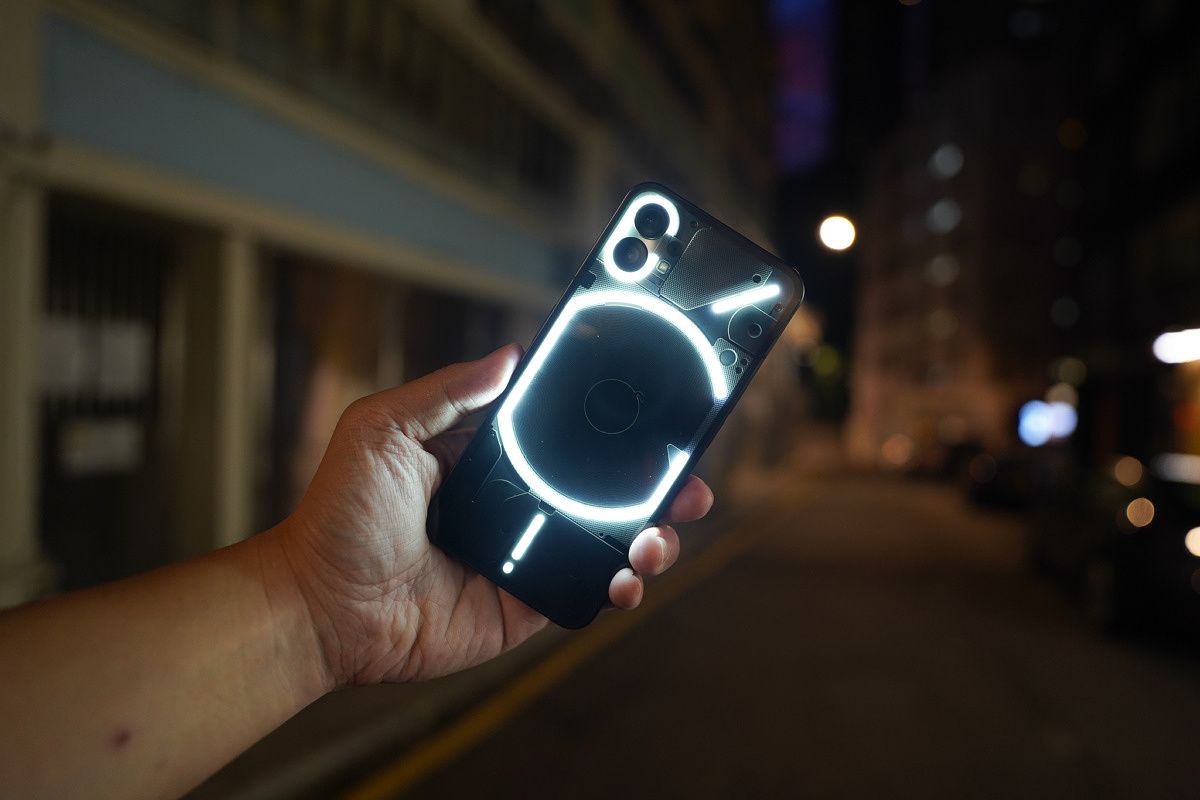The Nothing phone (2) has been confirmed to be launching next month, and we already know a bit about what to expect. It will have the Snapdragon 8+ Gen 1 for example, a bigger battery, and a U.S. launch. Ahead of its release, we spoke with Mladen M. Hoyss, Software Creative Director at Nothing, to talk about what to expect from Nothing OS 2.0.
Nothing OS 1.0, 1.5, 2.0, and Mladen Hoyss: A brief history
Nothing has had a bit of an interesting history since its inception. With Nothing OS 1.0, the company had a small team of roughly five people and outside contractors building up its operating system, hence the resemblance to stock Android and few unique features. Following the launch of Phone (1), the company scaled up its team to nearly 100 people, building Nothing OS 1.5 with more features and improvements. Now we're moving into the next stage of the company's own Android system: Nothing OS.
Speaking with Hoyss about his introduction to Nothing, he first started with Blloc and the Zero 18, focusing on minimalism. The company then went on to make Ratio, a launcher also focused on minimalism that's available on the Google Play Store. Now he works at Nothing as the company's Software Creative Designer, and there's a lot of change that he wants to incorporate.Hoyss' story, he tells me, started with seeing the original Phone (1) and enjoying the design of it, but that the software "wasn't what you expect" based on the design of the phone. He then took his team of "very talented designers" from Blloc to Nothing to begin work on creating a new look for Nothing OS. Hoyss tells me that there may be some overlap visually and they're "kind of on the same page", but that it's still an entirely different product that has to be "edgy and techy."As a result, when it comes to Nothing OS 2.0, the company wants to "start almost from scratch" in terms of looks, as it has the "opportunity" and "momentum" to do so. The key concept behind Nothing OS 2.0, according to Hoyss, is "functional aesthetics", which is a data science term that relates to taking a lot of data and trying to visualize it and make it easy to digest.
"Intentional smartphone consumption" - A major focus
Intentionality is a big topic when it comes to computing devices currently, as it refers to making sure technology supports you, rather than you support your technology. It refers to your intent, and that's something Nothing is looking to propagate in newer versions of its operating system. Hoyss tells me that Nothing "wants the user to be productive, [...] to have fun." The intent is for it to be immediately recognizable as part of the Nothing ecosystem, fitting the hardware at the same time.Of course, the base of Android is well respected by Nothing, and it's not that they want to go against it. Instead, it's clear from my conversation with Hoyss that the team wants to uplift some of the best parts of Android and make them easier and more productive for end-users. He tells me they want to take from Android and figure out how to "build on top of that", making a product that is "undoubtedly Nothing."Starting with the home screen on your smartphone, I get the feeling that Hoyss feels that most home pages on Android smartphones essentially serve as advertorial springboards. "You have a page system where you scroll through basically logos of companies" he tells me. "If you take a look at an app, it's basically the logo of a company. And this is your 'home screen.' If you want to embody the word home into an OS then it's way more than just a page with logos."
Going further, a "home screen", in his eyes, should have "what's personal to you", and that "your interests, your information" should be available "at a glance." This should be the "first layer" of your smartphone he continues, which I concur with. Every time a person makes use of their smartphone, Nothing's goal is that they do so with a sense of purpose. Everything you want from your phone and your OS should be easier to access "so that you don't have to scroll that much or dig deep."When I asked if this was related in any way to the company's experimental Tesla implementation, Hoyss told me that Nothing is thinking more on a "system level." It's bringing "options that your smartphone already has out of the box" to the foreground. He couldn't share further details with me, but told me to "imagine it like just more of a functional environment, a more easy-to-use environment, a more at-a-glance environment."While some of this sounds similar to a Google Pixel experience in some ways with all of its ambient compute capabilities, he told me that Nothing has its own "spin" on things and that he wouldn't compare this to "anything that's out right now."
"We know where we want to be in five and ten years" - Looking to the future and performance
Looking to the future of Nothing OS, Hoyss makes it clear that there are no "overpromises" and that they want to build "stable, beautiful products." He gives no further elaboration on what the timeline of Nothing is and where they expect it to be in a number of years, but it's clear that there's a game plan. Sadly, though, Hoyss also can't give me much information about the rollout of Nothing OS 2.0, aside from it being delivered this summer. I asked if it will come to the Nothing Phone (1), but he said that Nothing will be touching on that topic "pretty soon I believe."As for working with the existing team of Nothing developers, a mixture of OG OxygenOS developers and Blloc developers, Hoyss smiles when I ask him how that has been. He tells me that in the office, it's "hardware and software sitting on one floor, communicating, passing our workstations every day, talking about, at the same time, why we're developing the software and the hardware." Pausing, he then tells me "It's just another level."Moving to performance, something that older OnePlus was known for, I asked him about the future of Nothing phones and how the OS ties into that, and if Nothing wants to be a leader in performance. He tells that it does "so much", but there certainly needs to be a balance. While some things may improve performance, they may result in a worse user experience. Developers and designers go back and forth on implementing certain changes in the operating system to get the best of both worlds.
The Nothing Phone (2) will launch in July
Nothing's next smartphone will arrive in July, so just a month away, along with Nothing OS 2.0. While we don't know a lot about how it looks, it seems pretty clear that Nothing is attempting to take a lot more of a bold approach to Android on its smartphones. Hoyss told me he feels that Android's biggest weakness is "visual inconsistency", though quickly noting that you can't really blame Google for that on account of its sheer size.Nevertheless, it's clear that Hoyss has been thinking strongly about Android as a platform, and he seems particularly confident about the company he's designing software with. We're excited to see just how differently Nothing does things with its upcoming smartphone, and if it will be as drastic an overhaul as it seems it may be.

